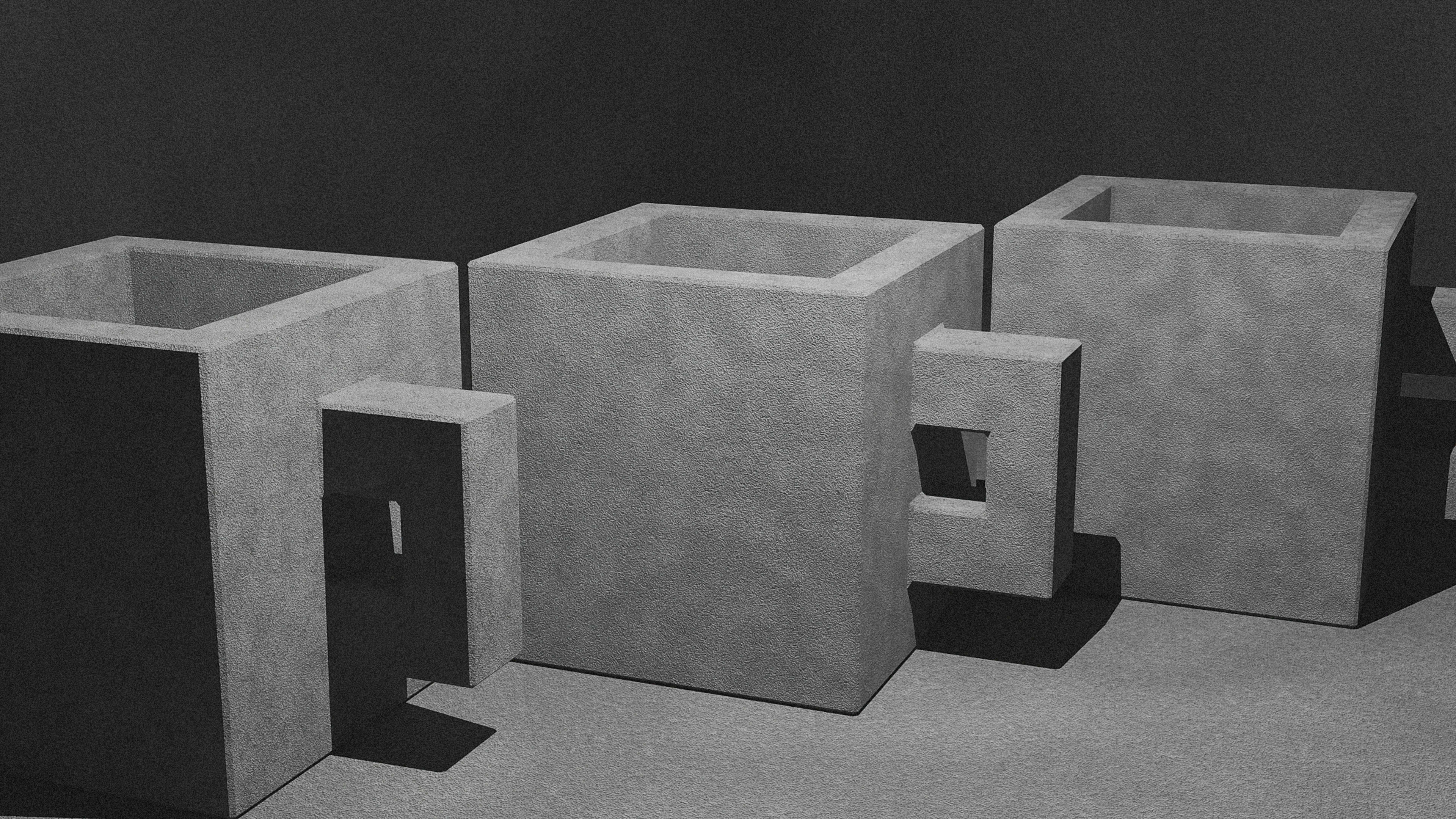Every year, the world’s coffee drinkers throw out as much as 60 million tons of coffee grounds—and when they end up in landfills, coffee grounds release methane, a potent greenhouse gas. But researchers at Australia’s RMIT University have discovered a new use for the waste: adding it to concrete to make the final product stronger.
The work started because the team wanted to tackle the problem of emissions from organic waste in landfills. “Our research group was discussing shifting our focus to divert this waste from landfills and develop innovative solutions to transforming this waste into a valuable resource for different applications,” says lead author Rajeev Roychand, a material scientist and structural design engineer at RMIT. “Incidentally, this discussion happened over a cup of coffee in our team meeting. That’s where we decided to start—with coffee grounds.”
A recent study laid out how they initially tried mixing untreated coffee grounds into concrete, replacing some of the sand that’s normally used in the mix. In its raw state, the coffee waste didn’t help; the grounds leached out compounds that meant the concrete didn’t cure correctly. Then they tried using pyrolysis, a process that heats up the coffee grounds without oxygen, breaking down the waste without burning it. By tweaking that process to use a lower temperature, they discovered that the resulting material, called biochar, could actually help make concrete 30% stronger.
The coffee-grounds biochar has the perfect combination of pore structure and carbon content to absorb water, Roychand says. “When the coffee biochar is mixed with concrete, its particles act like microscale water reservoirs distributed throughout the concrete,” he says. “As the concrete sets and starts to harden, the biochar slowly releases the water it stored, rehydrating it when needed, thereby reducing shrinkage micro-cracking. This results in the improvement in concrete strength.”
By replacing some of the sand used in concrete, the recipe also has another environmental benefit. Around 50 billion metric tons of sand are used globally each year in construction; mining that sand destroys habitats and erodes beaches. (The biochar can’t fully replace sand because biochar increases the amount of water that’s used, and you need a certain ratio of water to cement.)
Despite the large amount of coffee waste that exists, it’s only a fraction of what would be needed to supply the entire concrete industry. But the same process can be used to make biochar from other types of organic waste that end up in landfills. “So far, we have looked at coffee and wood biochar, but our subsequent work is looking at all other forms of organic wastes,” Roychand says. “This can be a significant contribution in diverting this waste from landfills into concrete applications and reducing its reliance on continuous mining of natural sand.”
The team hasn’t calculated yet how the change could affect the cost of concrete. But because the biochar makes concrete so much stronger, it may make it possible to shrink the amount of cement in the mix by 10%, which could offset the extra cost of making the biochar. Potentially, it could also be used in combination with other innovations that are shrinking the emissions from cement production.
The team is already meeting with large companies and an Australian transportation infrastructure authority interested in using the material, and says the first commercial projects will start rolling out within months.
Recognize your brand’s excellence by applying to this year’s Brands That Matter Awards before the final deadline, June 7.
Sign up for Brands That Matter notifications here.
